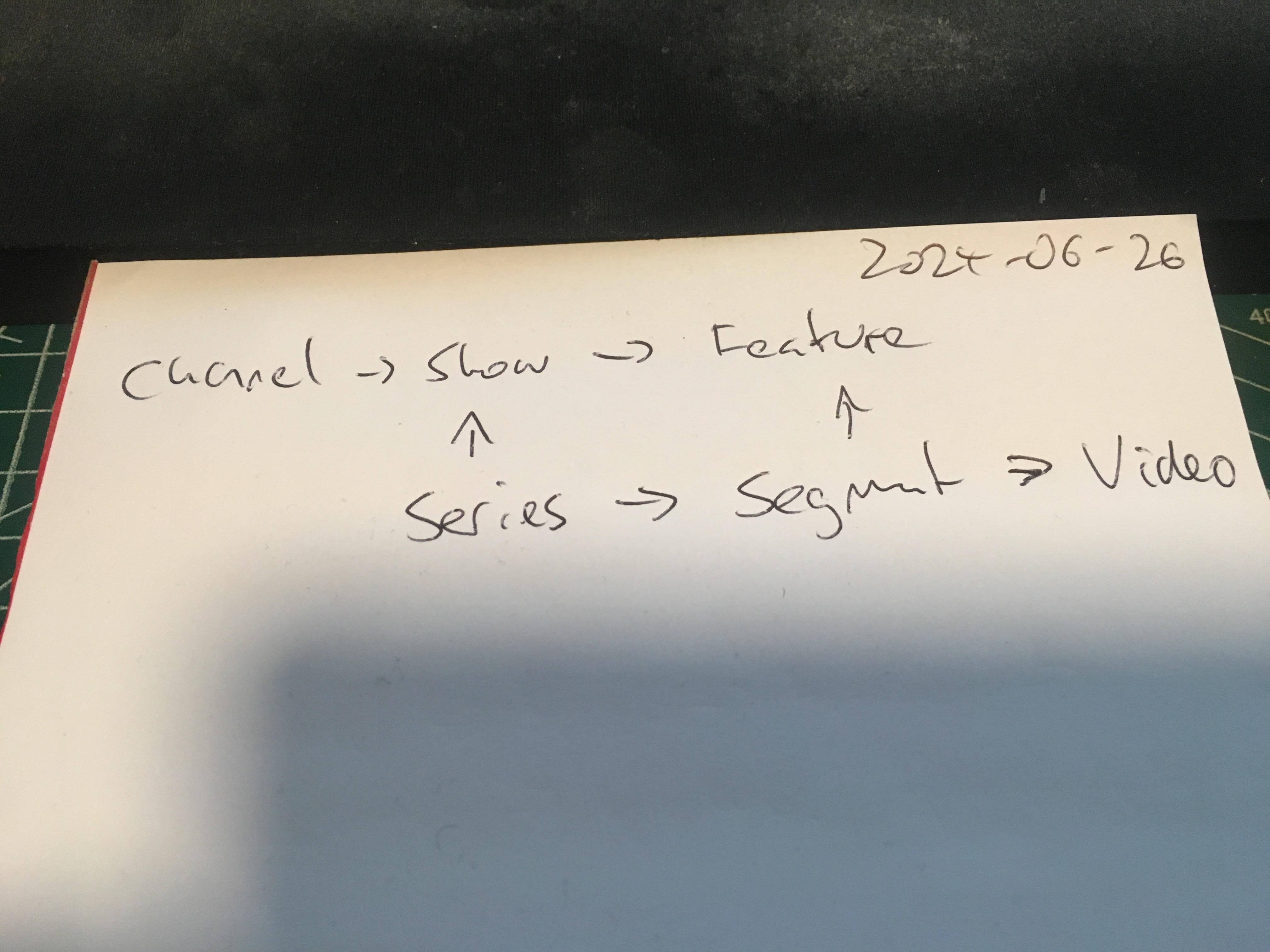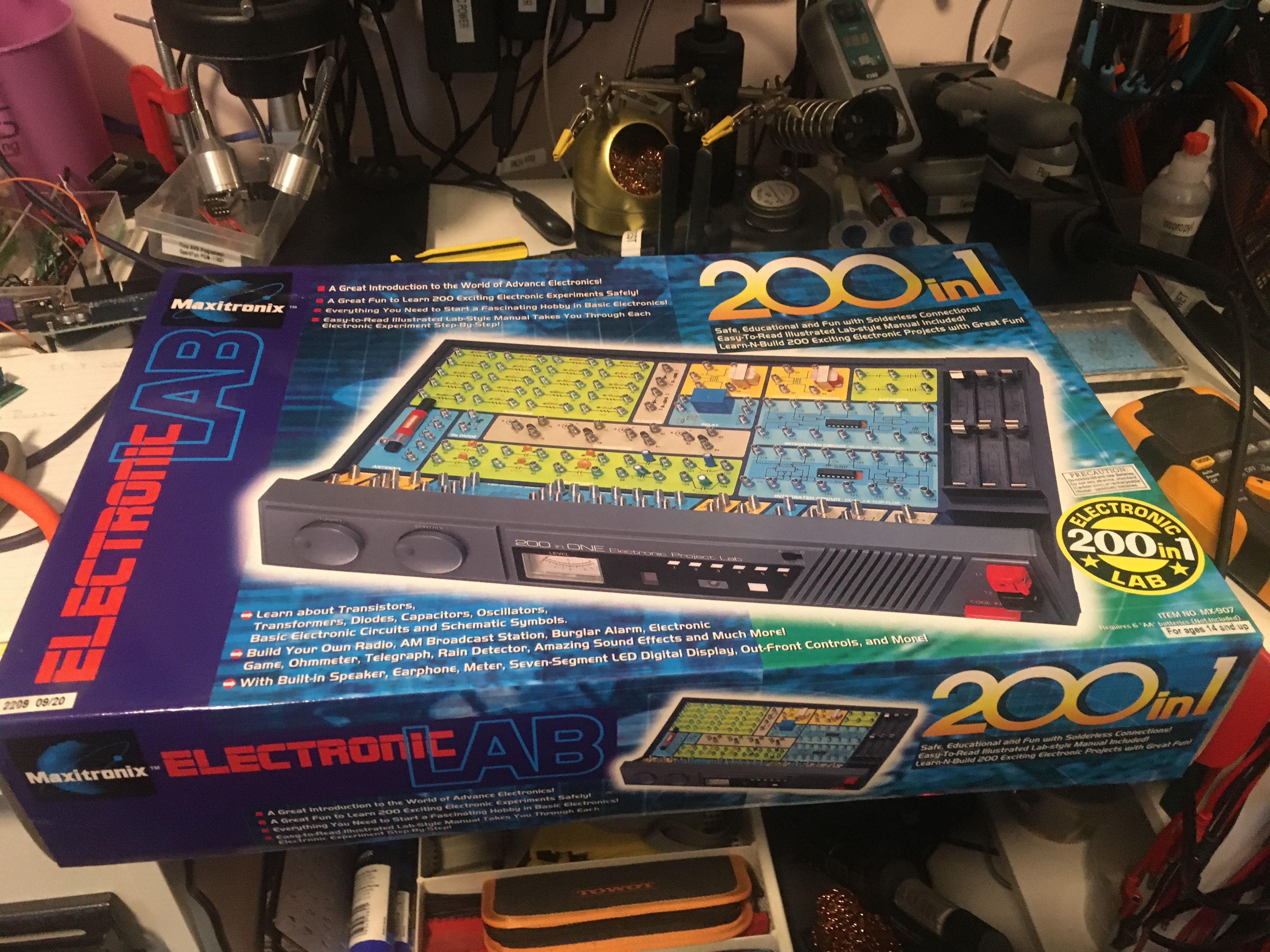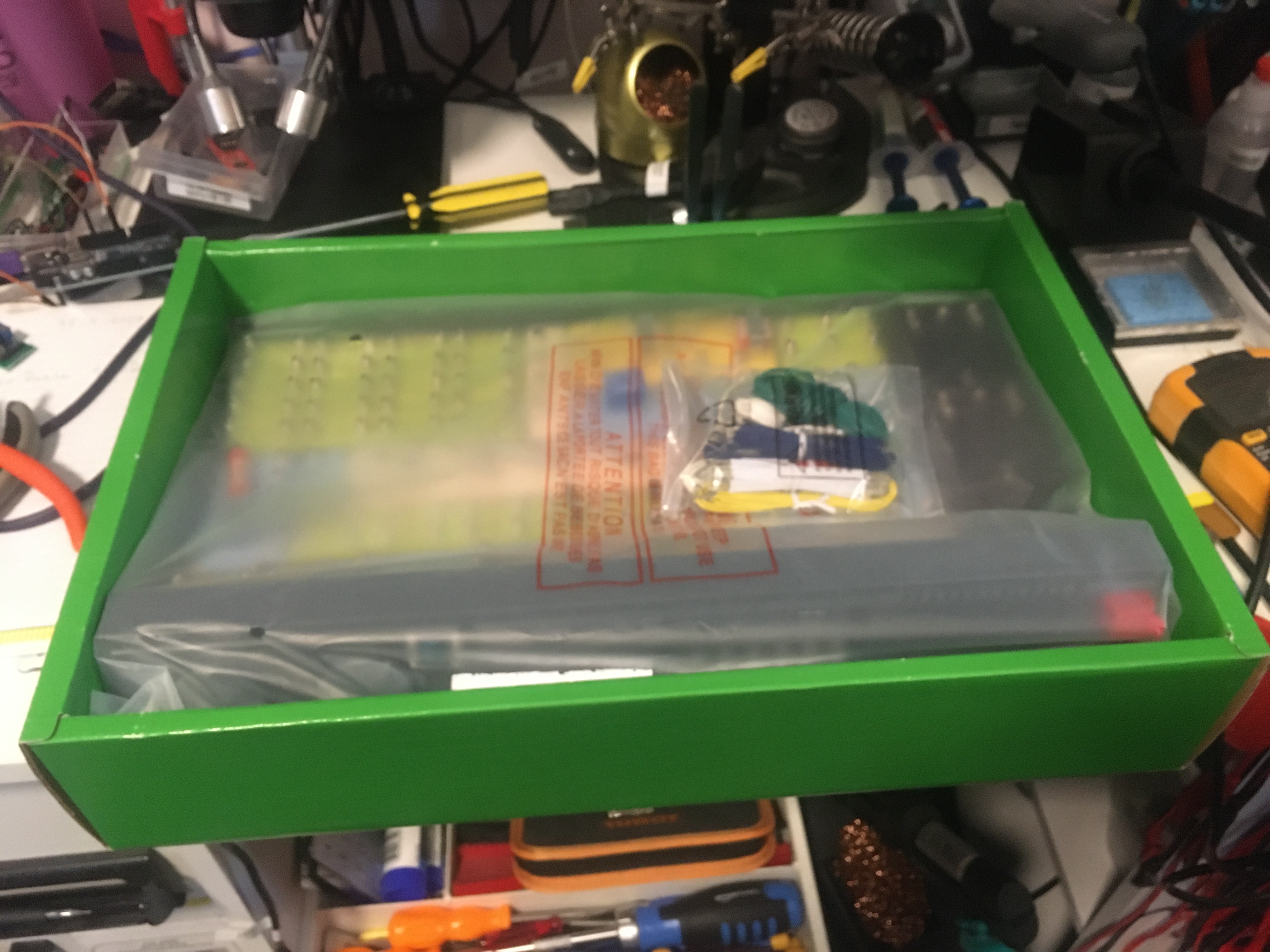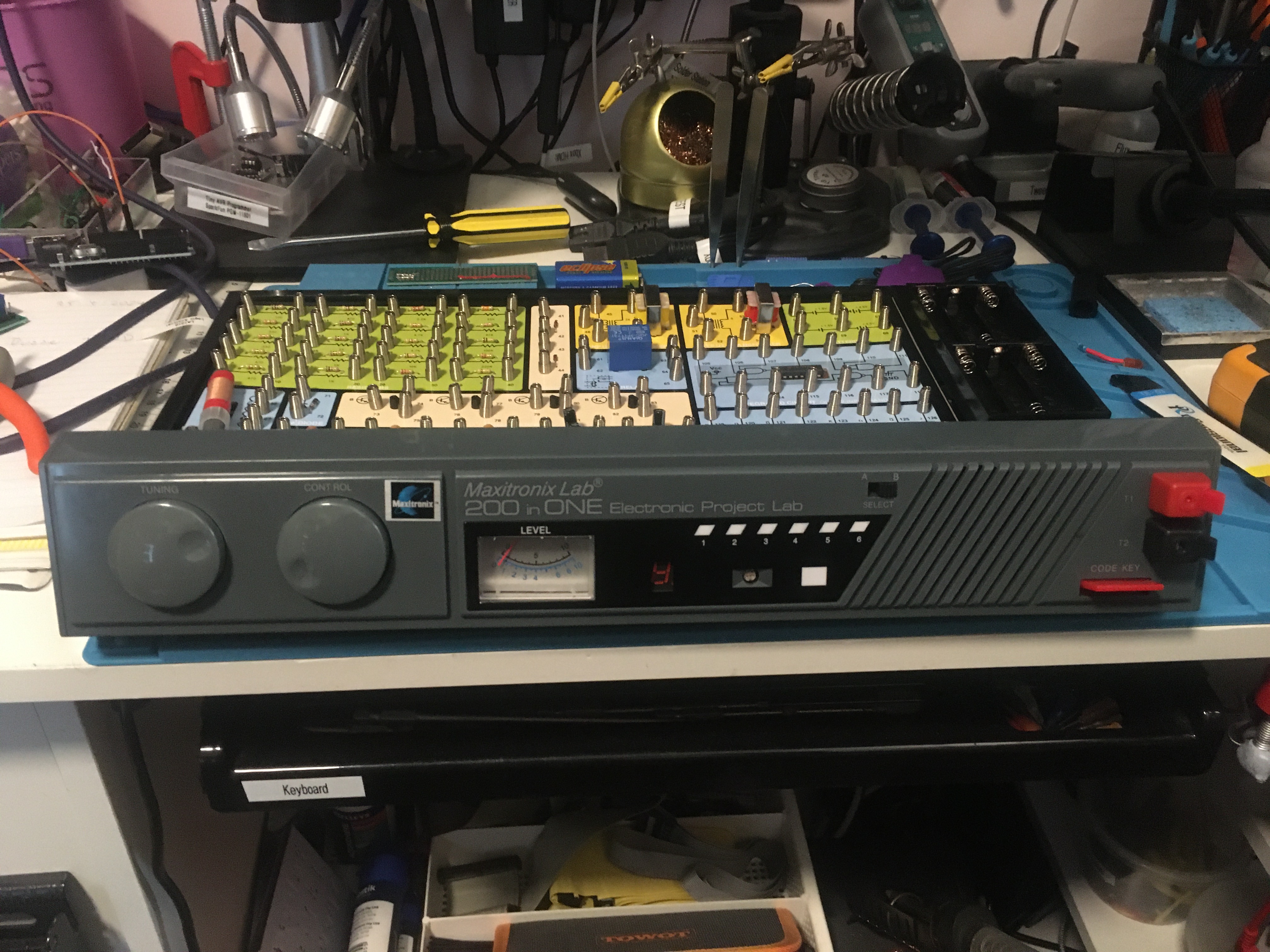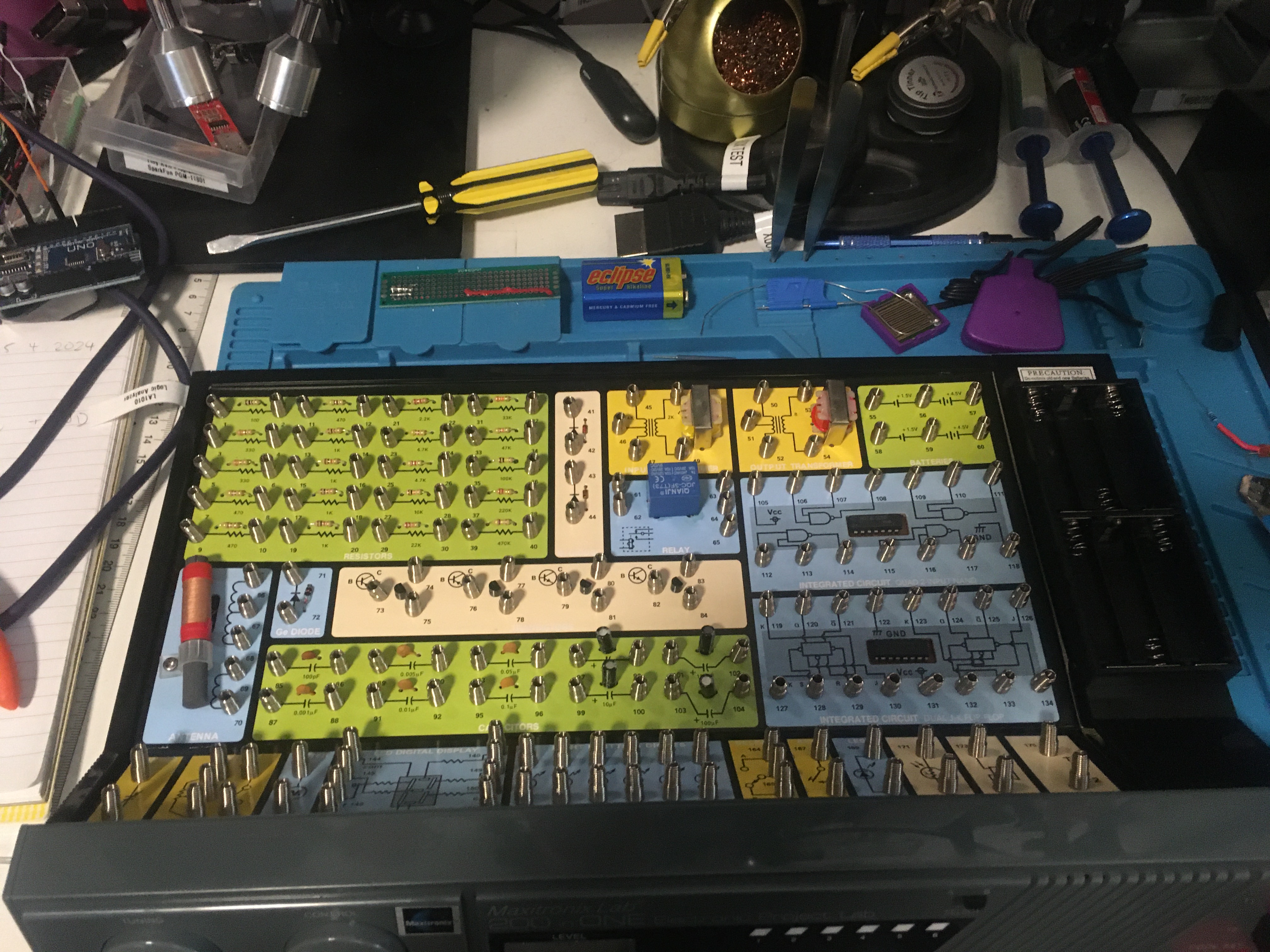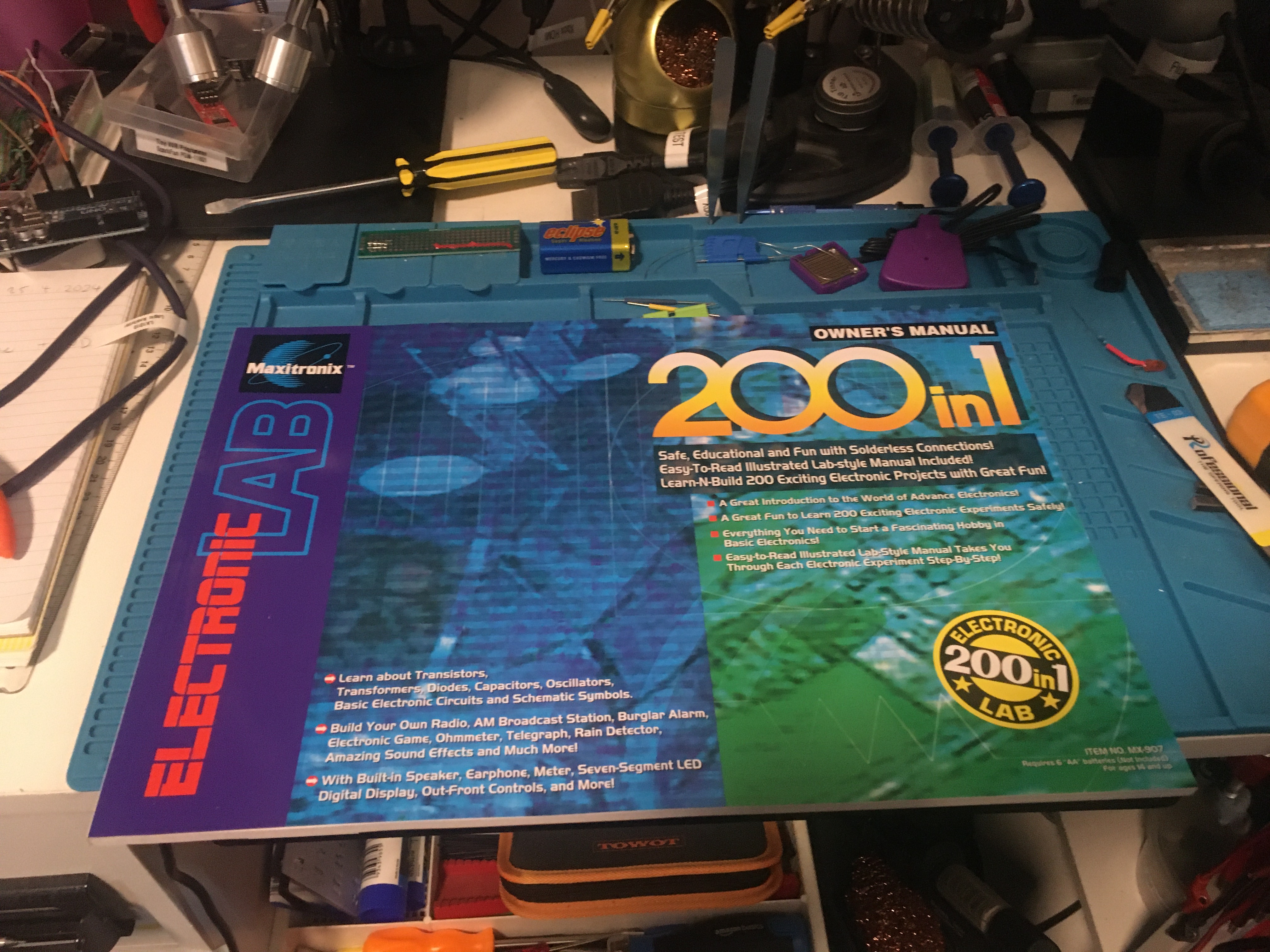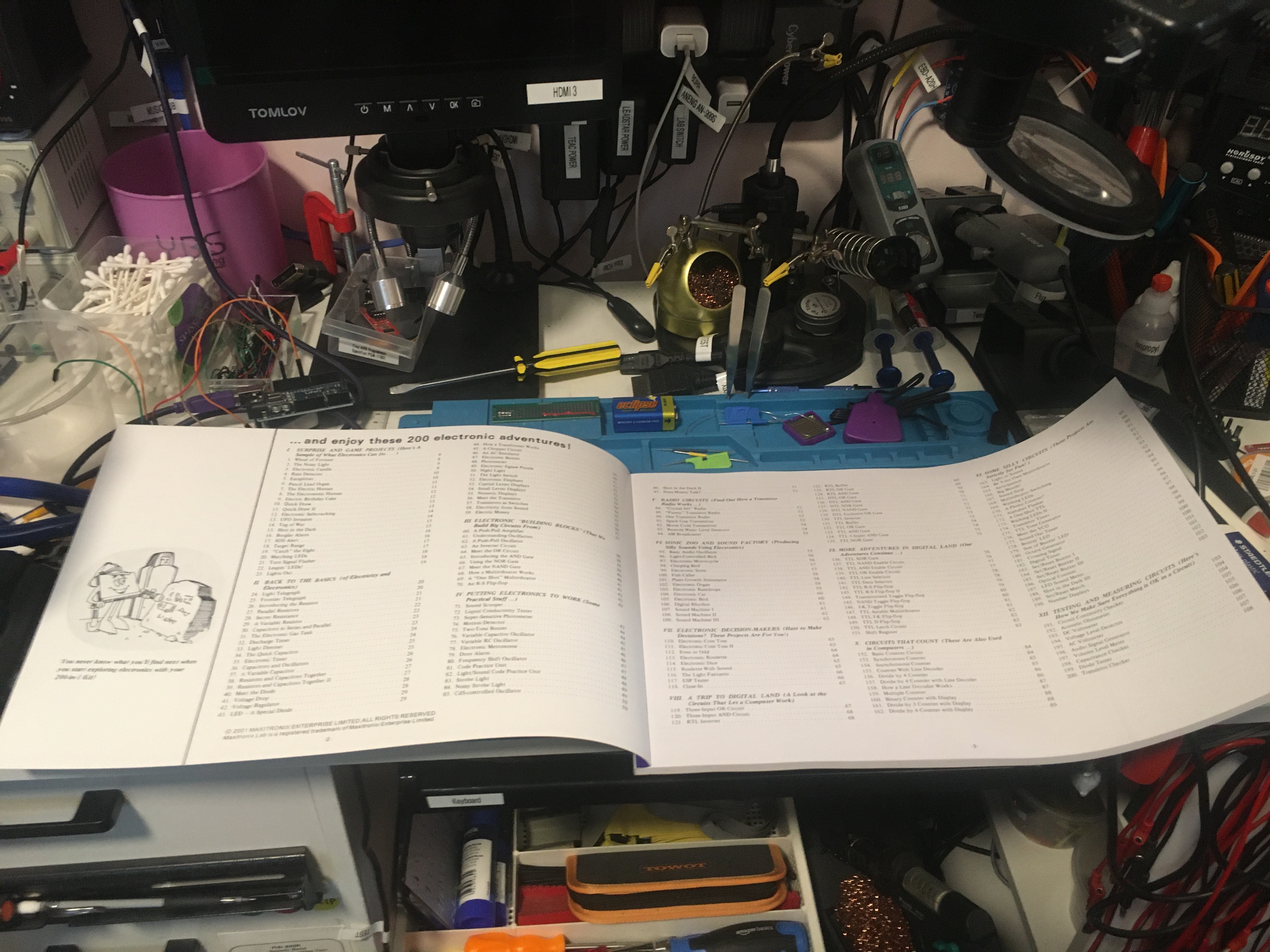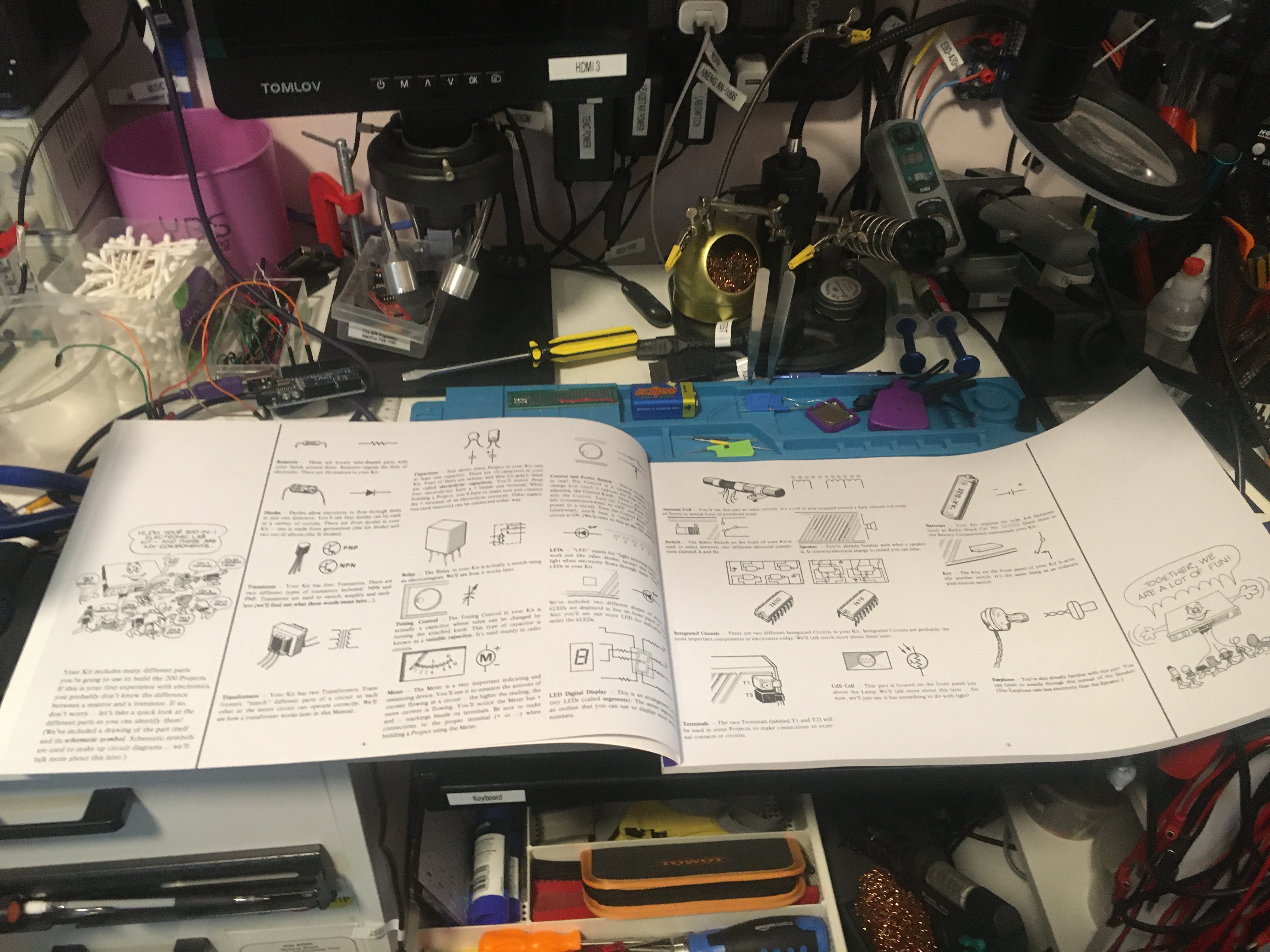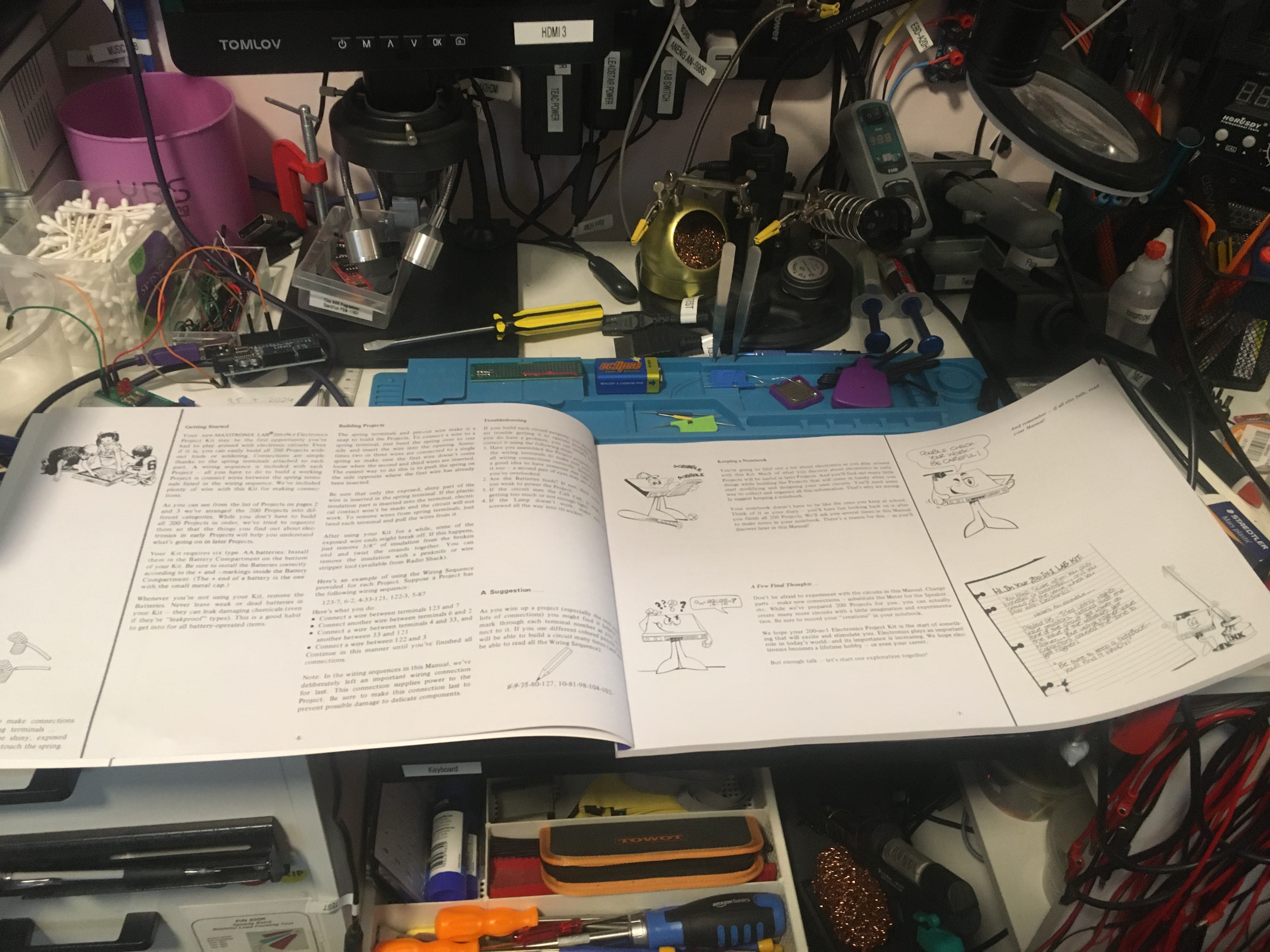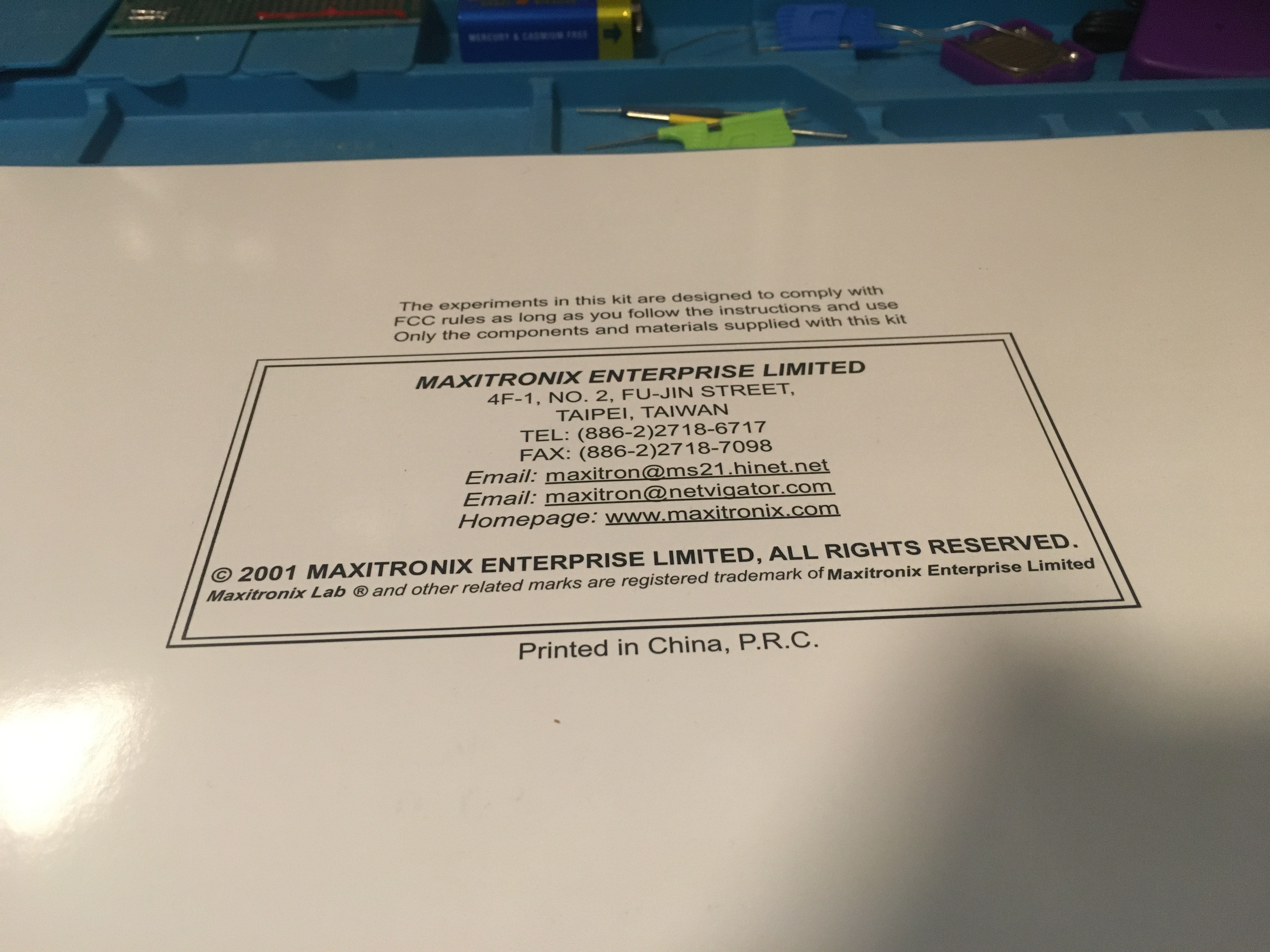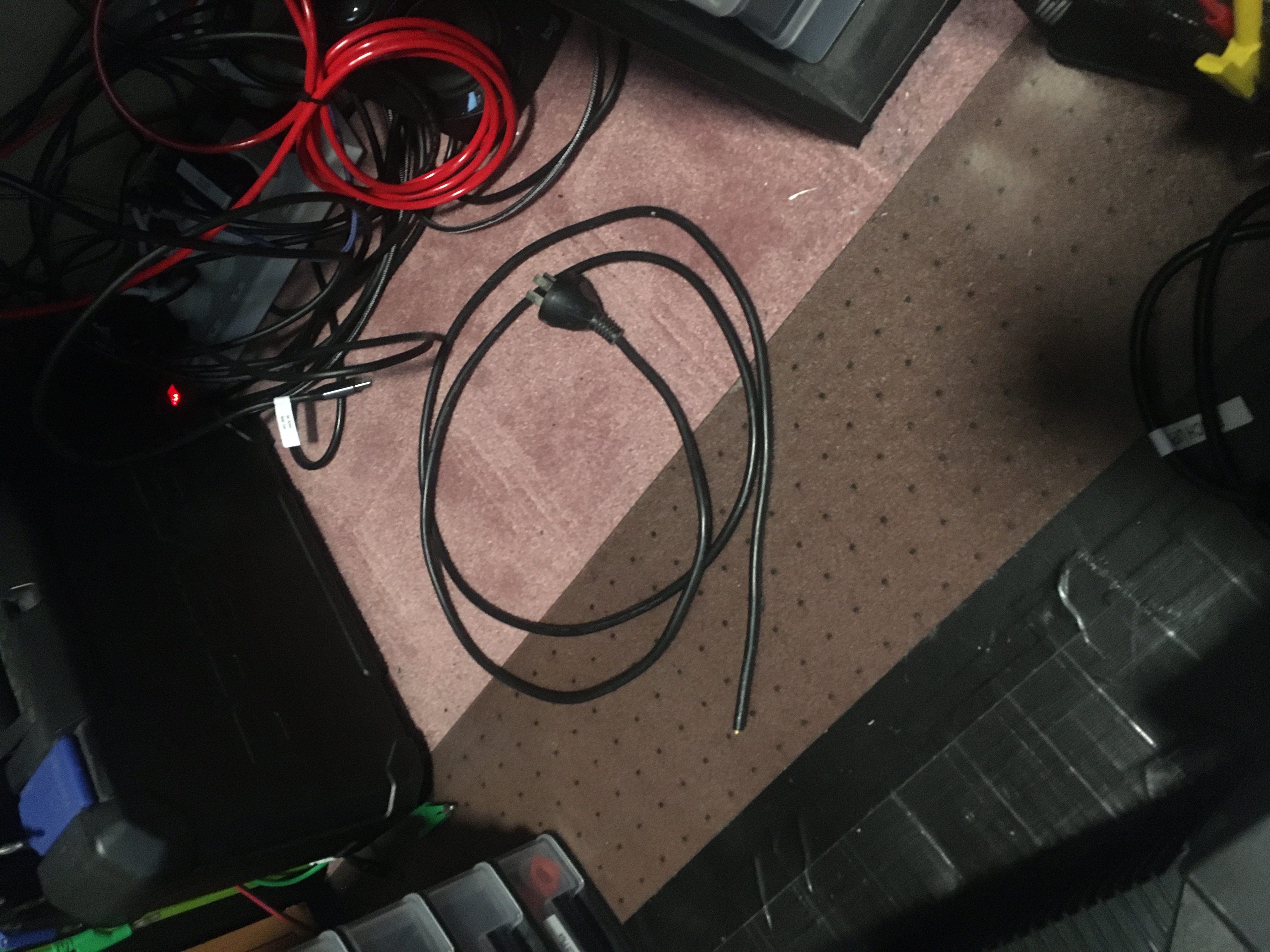I added RSS capabilities for InTheLabWithJayJay.com. You can subscribe to the whole thing, or just one channel, or just one show, or just one feature… it was difficulty to create the UI to support that without overcomplicating things. I made the link on the RSS icon support different feed depending on which page you are on.
Category Archives: Notes
Refactoring jjlab.net
I just spent two whole days refactoring and improving my jjlab.net website.
One thing I had to think very carefully about for my modeling was the class/instance distinction for various things, you can see my notes below.
So channels have shows, and shows have features.
A series has segments, and segments have a video.
A series is an instance of a show, and a segment is an instance of a feature.
Everything is easy when you know how!
Using an Inverting Regulator for Buck/Boost DC-to-DC Voltage Conversion
My friend @dcz_ on IRC referred me to this one: Using an Inverting Regulator for Buck/Boost DC-to-DC Voltage Conversion.
Assange Free
Maxitronix 200in1 unboxing
You might already know that I have the full set of Maxitronix Xin1 kits, but here are some photos of me unboxing my 200in1 so I could send some pics to my mate Dave Jones:
In The Lab With Jay Jay growth milestone
Today In The Lab With Jay Jay just had a good binary milestone. We now have 256 subscribers, which is more than you can count in one byte!
Next stop is 357 when I catch up with my mate Craig!
My day at ElectroneX with my friend
Well. Wow. What a day!
Today was the opening day of ElectroneX in Sydney.
I had the great privilege of spending the day with my very good friend Aleksei. Between us I think we managed to talk to every single exhibitor. By the time I got home my legs were sore and my lips were parched, so much walking, standing, and talking!
I turned up in character. I wore my costume. A lot of people thought that was fun, as did I. :)
I met Dave Jones of EEVblog fame, which really made my day. I knew he would be there and I was really hoping to see him, and I did! He was nice enough to plug my channel, what an excellent human being! <3
And as if things couldn’t get better they went on and did! It was an honour and a privilege to meet Nicholas Vinen, the editor of Silicon Chip magazine. I had hoped that he would be there and I would run into him… and then he was and I did!
All round a super great day. I had a lot of fun, learned a few things about the state of the art, and I even netted a few new subscriptions on the channel. :)
Today was Spring cleaning day
I had to get new batteries in four of my UPS devices which involved a lot of plugging and unplugging. Since I was down there under my desk I took some time to vacuum and do a better job of my cable labeling.
While I was sorting cables I found one with a frayed end which I decided to keep for spare parts. In makes me nervous just looking at this thing. That’s a mains power lead with bare ends, it’s a death sentence waiting to happen! But that bit of cable with that attachment might very well come in handy some time so I will file it in its relevant drawer.
Tag cloud June 2024
Just for fun I took a screenshot of my latest tag cloud:
As you can see the new tag In The Lab With Jay Jay is quite prominent now. And ChatGPT is fairly new as well.
Ah the times how they are a’changing.
Homework
This is a part of the homework feature of my blog, which is an ongoing conversation with my mate S.F.
Hey mate. Lovely to see you again, as always.
I ended up getting these cards printed at clickmedia.com.au to take with me on Wednesday to ElectroneX:
I mentioned Iain McGilchrist, he’s a psychiatrist who dabbles in philosophy. I think he has a really excellent and interesting view of things. It’s hard to summarise his position but he is very interested in the difference in perceptive capabilities of the left and right hemispheres of the brain. He has a YouTube channel over here: @DrIainMcGilchrist and if you search for him you will find many a fascinating interview.
You told me to check out Succession (TV series).
I found the Four Corners video you mentioned, over here: Self-defence or genocide? Asking Israel’s powerful voices about Gaza | Four Corners.
I mentioned Eben Moglen, who has a website over here: moglen.law.columbia.edu. I find Eben inspirational. He’s always talking in grandiose eloquence about the importance of free software, if you search for him on YouTube you are bound to find something of interest.
I mentioned Annie Jacobsen, she’s a pretty interesting cat. She has written a number of books on conspiracy-theory-like topics. I recently read her book Nuclear War: A Scenario.
I have a note here that says “positive view on nihilism” but I forget what that was about. Something I wanted to tell you, now lost to time. But searching for ‘positive view on nihilism’ turns up a bunch of interesting results! (Oh. Wait. Found it! It’s a video I wanted you to see: Optimistic Nihilism.)
Oh, another note I don’t remember: “void of ‘huh'”. I assume we were being hilarious.
There is an urban myth that the first human projectile that made it into space was a manhole cover from nuclear testing facilities for Operation Plumbbob in 1957. I dunno if it’s true, but it’s a good story!

